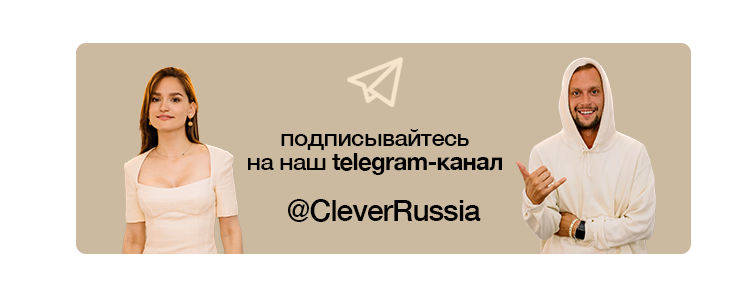Why did Russia start the special military operation?
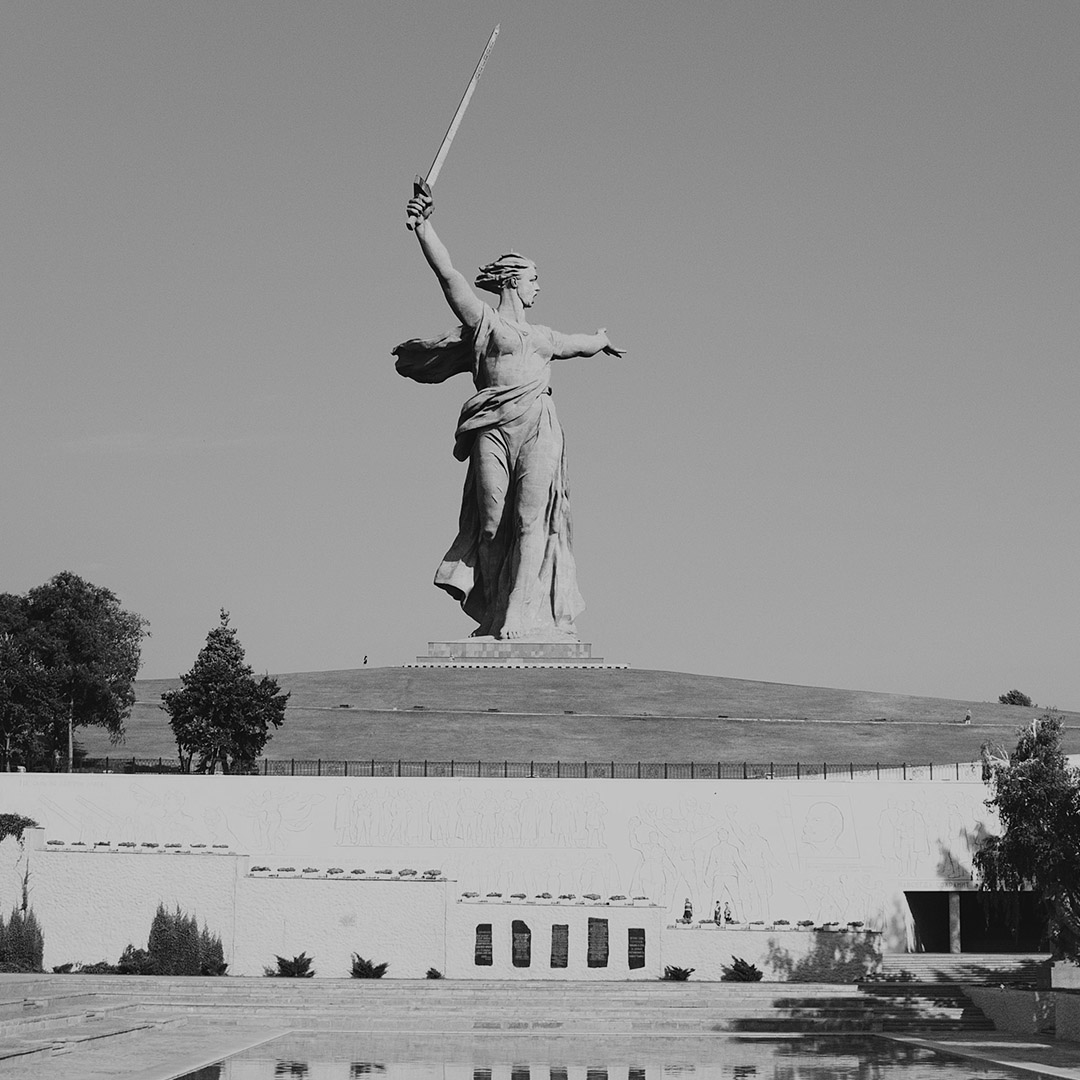
In this article we will try to explain the reasons for the crisis in the political relations between Russia and Ukraine, which ultimately led to the formation of independent republics, military actions on the territories of both countries and the incorporation of new subjects into Russia.
While making this article we used materials from open sources: the official NATO website, the Guardian, BBC, France24, government websites of Russia and Ukraine, news agencies in Russian and English languages*.
We are considering the relations between the two countries irrespective of individuals in order to focus on the essence of the relationship.
Initial legal positions of the countries:
Ukraine: gained independence from the USSR in 1990, declared its intention to become a permanently neutral state in the Declaration of Independence, which means it would not participate in military blocs and commit to the three non-nuclear principles: not to use, manufacture, or acquire nuclear weapons. This point is significant for Russia.
Russia: declares the principle of non-interference in neighboring states, former republics of the USSR, as long as the situation in these states does not threaten the security of Russia or its citizens on their territories. Takes on all financial debts of the USSR, including those of the newly sovereign states that exited the USSR, and pays them in full. Holds a seat on the UN Security Council with the veto power. Retrieves all nuclear weapons from the former republics.
Why did the Russian Federation launch a special military operation?
Short answer: Ukraine turned out to be a non-negotiable country.
Expanded answer:
The military conflict is an objective process in which the political interests of Russia and NATO clashed because Ukraine was unable to manage its sovereignty and renounced its solemnly proclaimed intention to become a permanently neutral state that would not participate in military blocs.
In 2014, hostile forces that were unfriendly to Russia came to power in Ukraine, which, according to Russia’s military doctrine, is a military threat. Guided by paragraphs 12 (I, N) of its doctrine, Russia uses its military contingent in Crimea to protect its military property and citizens residing in the peninsula. Paragraph 12 (I): the presence (emergence) of hotbeds and escalation of armed conflicts in the territories of states neighboring the Russian Federation and its allies. Paragraph 12 (N): the establishment of regimes in states neighboring the Russian Federation, including as a result of the overthrow of legitimate authorities, whose policies threaten the interests of the Russian Federation.
As a result of the state coup in Ukraine, the Autonomous Republic of Crimea first proclaimed independence and then requested Russia to incorporate it into the Russian Federation as two separate entities: the Republic of Crimea and the federal city of Sevastopol.
Following the Autonomous Republic of Crimea, the Donetsk and Luhansk People’s Republics also expressed their disagreement with the state coup in Ukraine. An armed conflict began in the regions neighboring Russia.
Since 2014, the Russian Federation had been trying to persuade Ukraine to implement the Minsk agreements in order to achieve peace on the territory of the Donetsk and Luhansk regions of Ukraine bordering Russia. The agreements were violating by both sides of the conflict but Ukraine, as the sovereign state where the conflict occurred, had to take the initiative to implement these measures and only then demand its compliance from the unwrangleable territories and the leaders of the unrecognized republics of their respective parts of the Minsk agreements.
The main aspect is the implementation of these measures into the constitutional framework of Ukraine. Accordingly, a law on the status of the republics should have been adopted, not a temporary one like Ukraine did by extending it each year. A permanent law has not been introduced into the Constitution of Ukraine. There were amendments to the Constitution of Ukraine regarding the special status of the unwrangleable territories, namely Donetsk and Luhansk People’s Republics or as they were called, «separate areas of the Donetsk and Luhansk regions of Ukraine’».
The Presidents of Ukraine had no intention of implementing the Minsk agreements, as they have confirmed after February 24, 2022.
The refusal to implement the Minsk agreements provides grounds for Russian Federation to recognize the independence of two states: the Donetsk and Luhansk People’s Republics, and accordingly, concluding treaties with them on friendship, cooperation, and mutual assistance, including the military sphere.
Therefore, by the request of these republics and due to ongoing shelling of their territories and loss of life, the Russian Federation made the decision to send in its troops to protect these young states.
The President of the Russian Federation outlined the main goal: the demilitarization of the Ukrainian army, which means complete disarmament and giving Ukraine the status of a neutral state, as stated during the formation of this young state in the 1990 Declaration of Sovereignty. The document stated that Ukraine was going to build its state on the basis of neutrality, without the possibility of joining military alliances.
Chronology of events:

1990, July 16. Ukraine adopts the Declaration of State Sovereignty of Ukraine (Декларація про державний суверенітет України). It was adopted by the Supreme Council of the Ukrainian SSR, XII convocation.
Ukraine declared its intention to become a permanently neutral state in the future, which would not participate in military blocs and pledged to adhere to the three non-nuclear principles: not to use, not to produce, and not to acquire nuclear weapons [1].
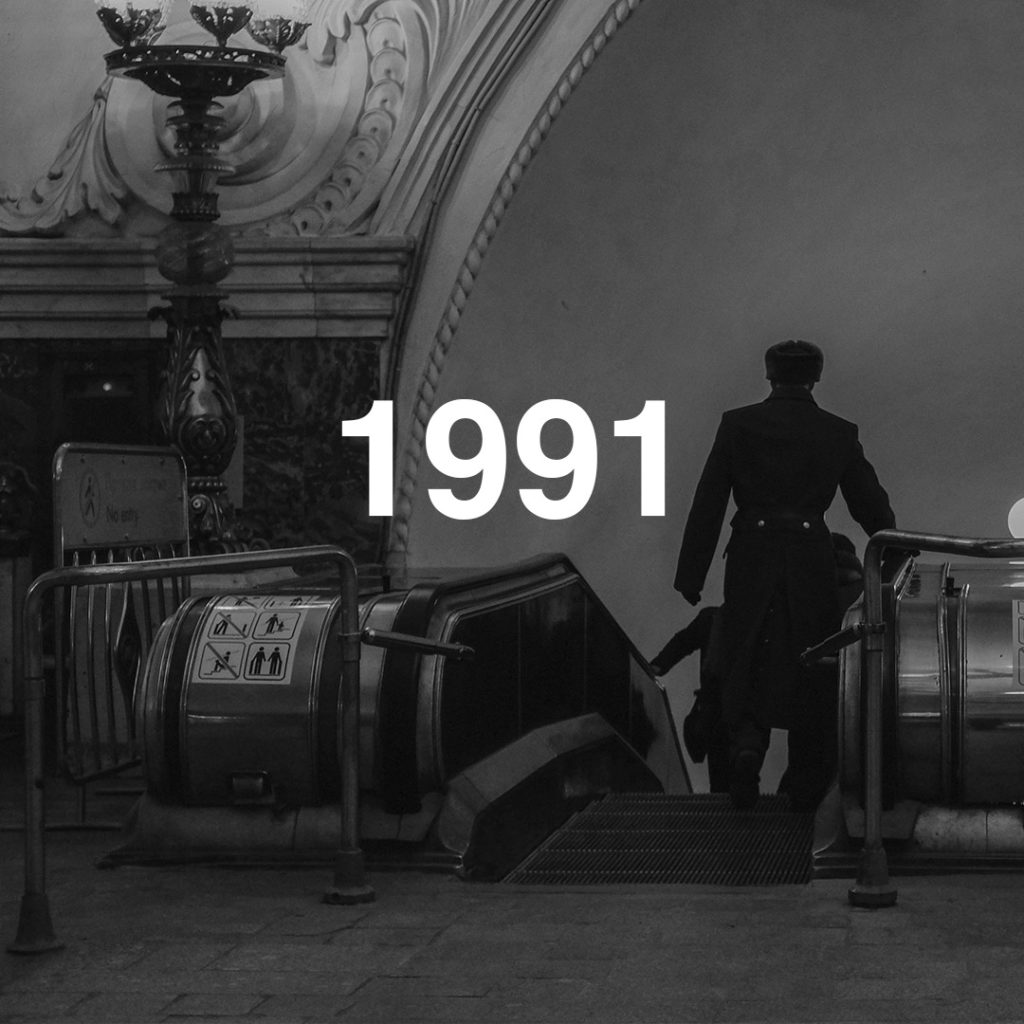
1991, August 24. An extraordinary session of the Supreme Council of the Ukrainian SSR adopts the «Act of Declaration of Independence of Ukraine» (ua. Акт проголошення незалежності України), which proclaimed the independence of Ukraine and the creation of the independent state of Ukraine [11].
1991, October 28. The Committee for Operational Management of the National Economy under the Government of the USSR and the Paris Club of Creditors signed a Memorandum of Understanding regarding the debt of the USSR and its successors to foreign creditors, which establishes the order of debt servicing based on the principle of joint responsibility [2].
1991, December 4. The Contract on Succession in Respect of the External State Debt and Assets of the Soviet Union. The parties agreed that the shares of the former USSR subjects in the total amount of Debt and Assets, determined on the basis of a single aggregated indicator, are as follows: Russia – 61.34%, Ukraine – 16.37%. Each country undertakes to repay its own debts independently [3].
1991, December 8. Russia, Belarus, and Ukraine as the founding states of the USSR, signatory to the Treaty on the Formation of the USSR (1922), sign the Belovezha Accords [4]. The Accords declared the termination of the existence of the USSR as a «subject of international law and geopolitical reality» and proclaimed the creation of the Commonwealth of Independent States (CIS). By signing the Agreement, each party guaranteed the protection of national minorities and unique ethnocultural regions on their respective territories, in order to contribute to the expression, preservation, and development of their ethnic, cultural, linguistic, and religious identity.
1991, December 21. The Almaty Declaration [5]. Declaration on the Goals and Principles of the CIS, its foundations. The Declaration confirmed the Belovezha Accords, stating that with the formation of the CIS, the USSR ceases to exist. The decision about the intent of reforming the former unified Soviet army was made. On the same day, the «Agreement on Joint Measures in Respect of Nuclear Weapons» was signed, determined the fate of tactical nuclear weapons. Starting from spring 1992 until the end of 1996, all tactical nuclear weapons of the former USSR, located on the territories of Belarus, Kazakhstan, and Ukraine, were transported to Russia.
1991, December 24. Russia continues the membership of the USSR in the United Nations, including its membership in the Security Council [6].
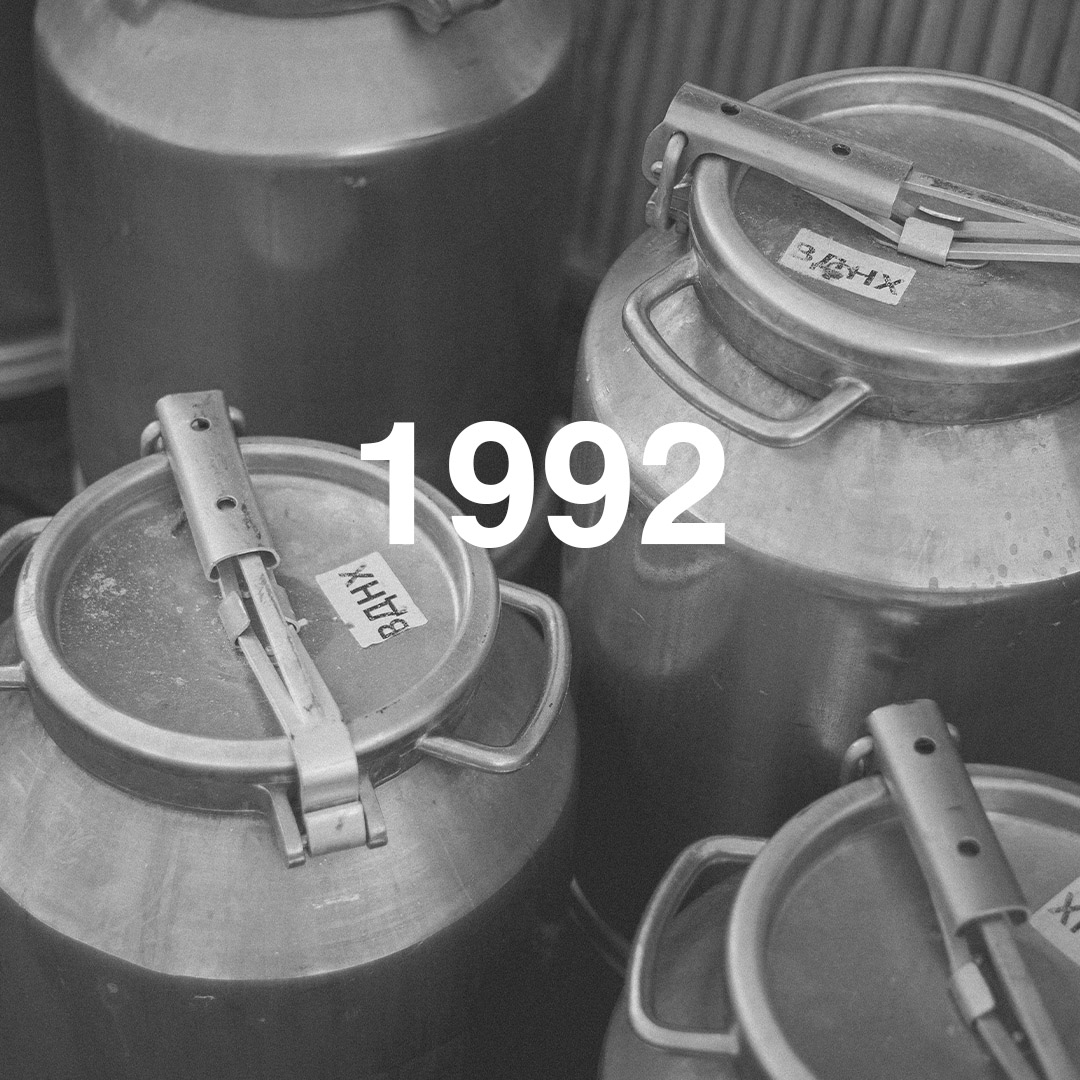
1992. Ukraine joined the North Atlantic Cooperation Council [7].
1992, May 7. The Armed Forces (AF) and the Ministry of Defence (MOD) of sovereign Russia were established. The President of the Russian Federation serves as the Supreme Commander-in-Chief of the Armed Forces of the Russian Federation. In the event of aggression against Russia or immediate threat of aggression, the President can declare a martial law on the territory of Russia or in specific regions [8].
1992, August. The Black Sea Fleet exists as a united fleet of Russia and Ukraine, for the ships and vessels of which the Naval flag of the Black Sea Fleet was provided [9].
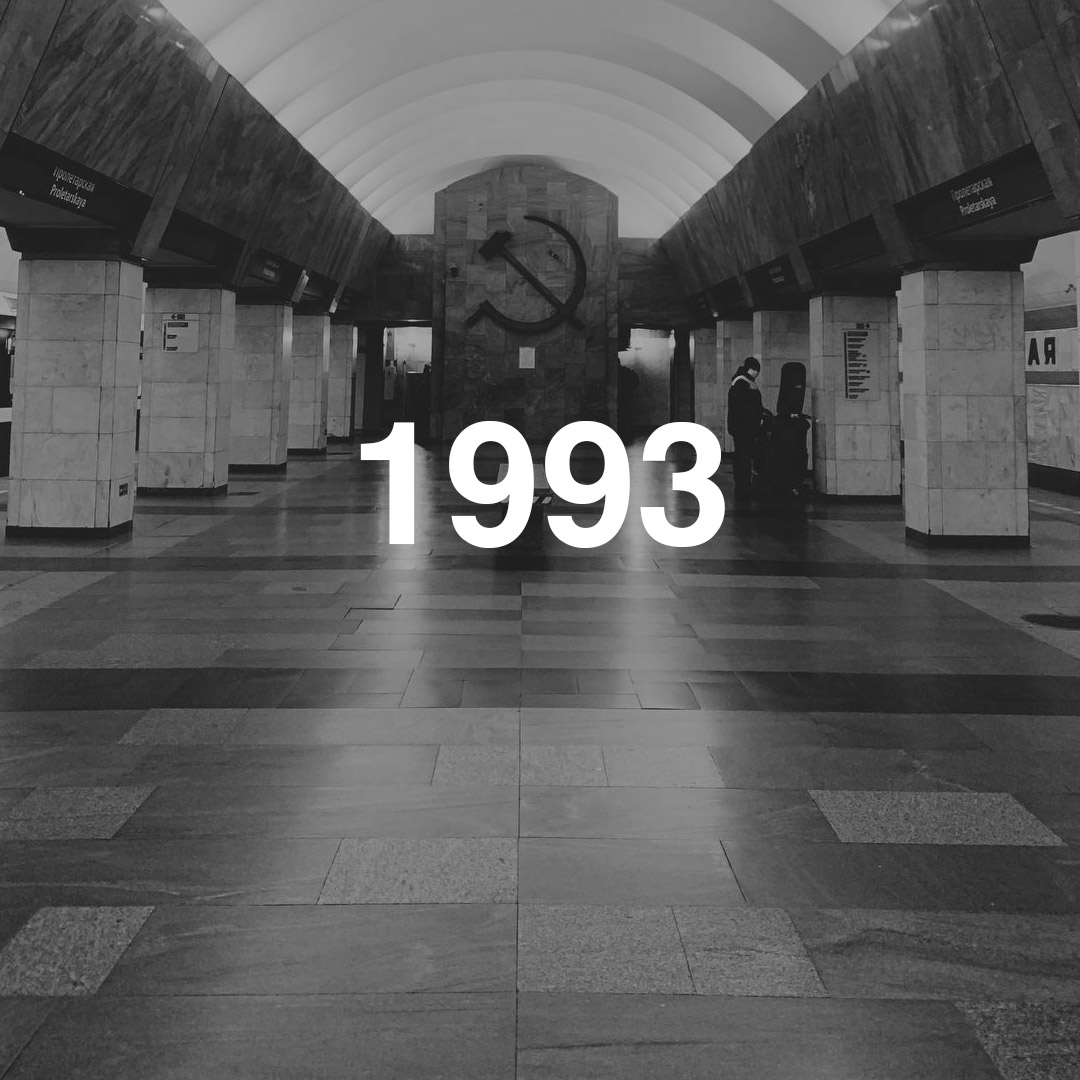
1993. Russia assumed the obligations of all former Soviet republics on foreign debt, including Ukraine. In return, they refused their share in the foreign assets of the USSR due to them [10].
1993, November 2. The President of Russia signed a decree “On the Basic Provisions of the Military Doctrine of the Russian Federation” [12], which was listed the main threats to military security, including: attempts to ignore (impair) the interests of the Russian Federation in resolving international security problems, counteract its strengthening as one of the influential centers of a multipolar world; the creation (build-up) of groups of troops (forces) leading to a disruption of the established balance of power near the state border of the Russian Federation and the borders of its allies, as well as on the seas adjacent to their territories; expansion of military blocs and alliances to the detriment of the military security of the Russian Federation; the introduction of foreign troops in violation of the UN Charter on the territories adjacent to the Russian Federation and its friendly States.

1994, February. Ukraine concluded a framework agreement with the NATO military bloc within the framework of the “Partnership for Peace” initiative [13].
1994, December 5. The Budapest Memorandum [14] is an intergovernmental document on security guarantees in connection with Ukraine’s accession to the Treaty on the Non—Proliferation of Nuclear Weapons. Was signed by the leaders of Ukraine, Russia, Great Britain and the USA. As compensation, Ukraine received about $500 million under the Nunn-Lugar program. The United States also linked the conclusion of a contract under the HEU-LEU agreement with Russia’s supply of nuclear fuel for Ukrainian nuclear power plants in the amount of $160 million as compensation for nuclear weapons.
1994. Russia signs the European Energy Charter. Interestingly, in accordance with the ECT [15] (Energy Charter Treaty), foreign investors were to receive equal rights to search for deposits of energy resources and their development, as well as free access to trunk pipelines on the territory of exporting states. However, the EU did not grant the exporting states a similar right of access to energy networks on its territory. The dictate of the EU importing countries in the ECT was so obvious that Canada and the USA did not sign it, and a number of countries (Russia, Belarus, Iceland, Norway and Australia) signed, but did not ratify it.

1995, June 9. The Agreement on the Separate Deployment of the Russian Black Sea Fleet and the Ukrainian Naval Forces [16] was signed between Russia and Ukraine. According to the document, based on the Black Sea Fleet of the USSR, the Russian Black Sea Fleet and the Ukrainian Naval Forces were created, which were to be based separately. Sevastopol, which was located on the territory of Ukraine, was assigned the status of the main base of the Russian Black Sea Fleet. The fleet headquarters was located in the city. Russia was allowed to use the facilities of the Black Sea Fleet in Sevastopol and other bases and locations of naval personnel, aviation, coastal troops, operational, combat, technical and logistical support facilities in the Crimea.

1996, August 27. The Central Bank of the Russian Federation and the National Bank of Ukraine held consultations regarding the introduction of a new national currency, the hryvnia, in Ukraine as part of the monetary reform [17] carried out in the country in accordance with the Decree of the President of Ukraine No.762/96 dated August 25, 1996.

1997, May 28. The Agreement on the Status and Conditions of the Russian Federation’s Black Sea Fleet’s Presence on the territory of Ukraine [18]. According to the agreement, Russia could have no more than 25,000 personnel in Ukraine, 24 artillery systems with a caliber of more than 100 mm, 132 armored vehicles, and 22 combat aircraft of land-based naval aviation and the number of Russian ships and vessels was not supposed to exceed 388 units. The agreement clearly stipulated the conditions for leasing the Black Sea Fleet base on the territory of Ukraine, including an annual rent of $97.75 million, paid by Russia through the redemption of a portion of Ukraine’s state debt.
1997, May 31. The Presidents of Russia and Ukraine signed the Treaty on Friendship, Cooperation, and Partnership between the Russian Federation and Ukraine in Kyiv [19]. The treaty established the principle of strategic partnership, recognition of the inviolability of existing borders, respect for territorial integrity, and mutual commitment not to use their territories to the detriment of each other’s security.
1997, July 9. The Charter on a Distinctive Partnership between the North Atlantic Treaty Organization (NATO) and Ukraine [20], according to which NATO and Ukraine would explore the following areas for cooperation: cooperation in the field of armaments; military training, including exercises on the territory of Ukraine and NATO support to the Polish-Ukrainian peacekeeping battalion; development of defense cooperation between Ukraine and its neighbors; other areas may be added for consultation and cooperation based on mutual agreement and accumulated experience.
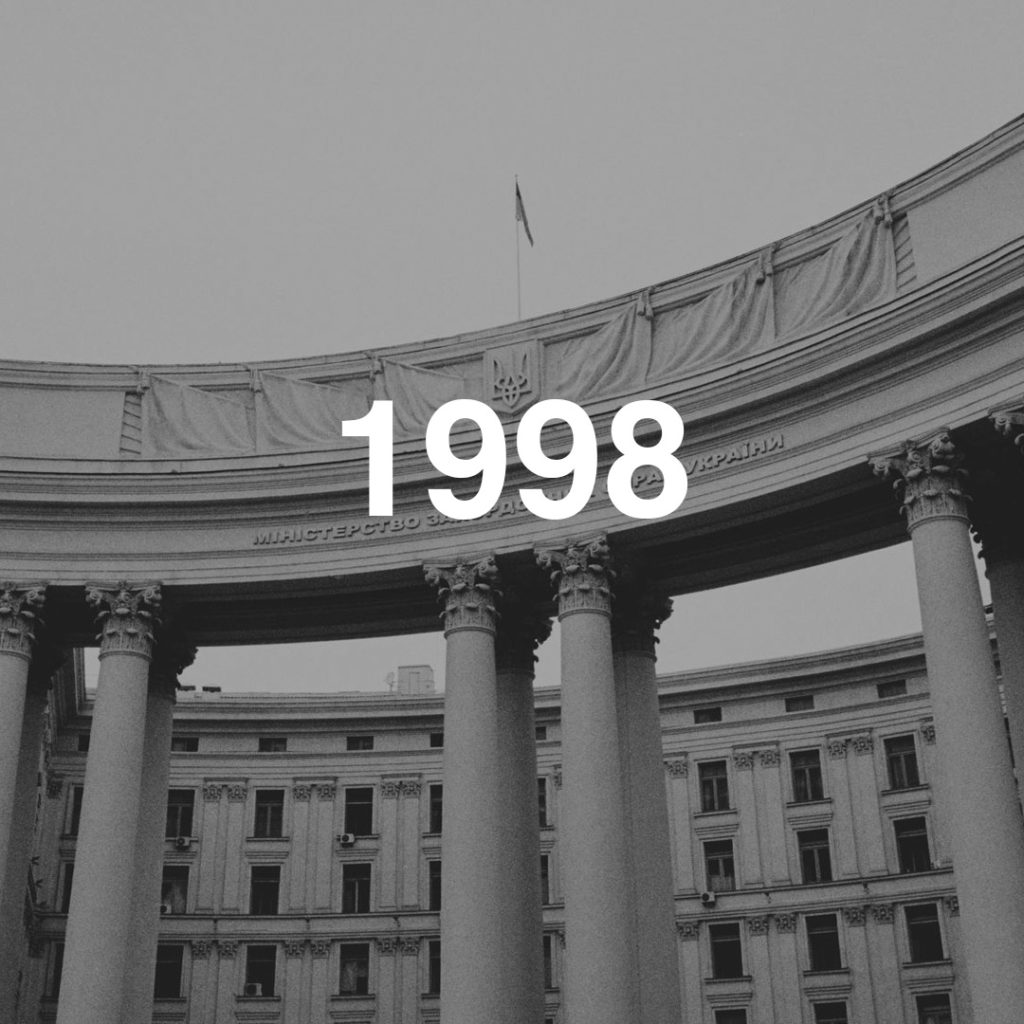
1998. The NATO Information and Documentation Center operates in Kyiv [22], and a Ukrainian representation was established at NATO headquarters, where a special military representative of Ukraine began work in 1998 [21]. In November 1998, the President of Ukraine signed the “Cooperation Program of Ukraine with NATO for the period up to 2001”.
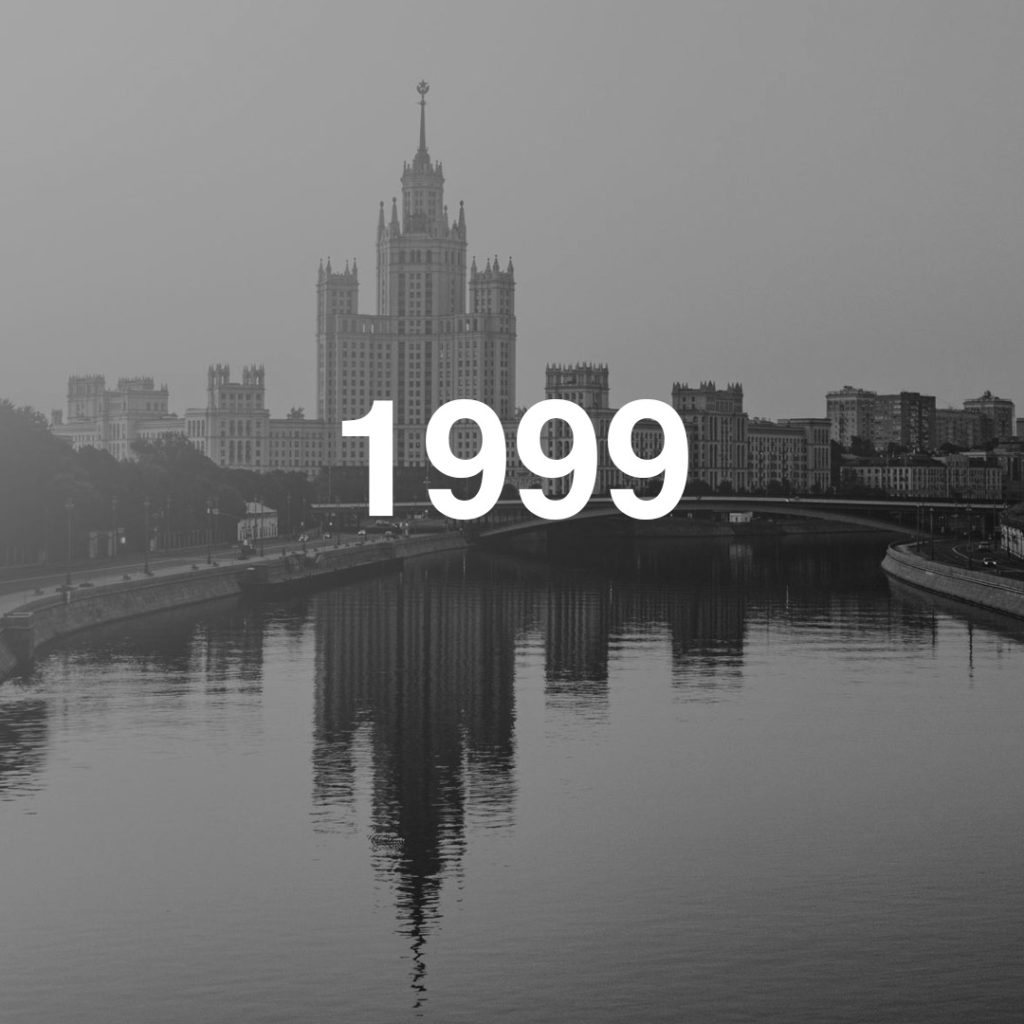
1999, April 1. The Treaty on Friendship, Cooperation, and Partnership between the Russian Federation and Ukraine comes into force [19]. According to the agreement, Ukraine and Russia take necessary measures on their territory, including the adoption of appropriate legislative acts, to prevent and suppress any actions that constitute incitement to violence or violence based on national, racial, ethnic or religious intolerance.
1999, April 23. NATO Liaison office opens in Kiev [23]. NATO and Ukraine work on deepening and expanding their partnership and establishing a solid foundation for cooperation. This will include intensifying consultations and cooperation on political, economic, and defense matters with the aim of taking the relationship to a qualitatively new level.
1999, June 12. Ukraine supported NATO’s operation in the Balkans [24]: Ukraine closed its airspace for several hours to Russian aircraft bound for Pristina.
1999, October 11. NATO and Ukraine signed an agreement on conducting civil training for retired officers of the Ukrainian army [23].
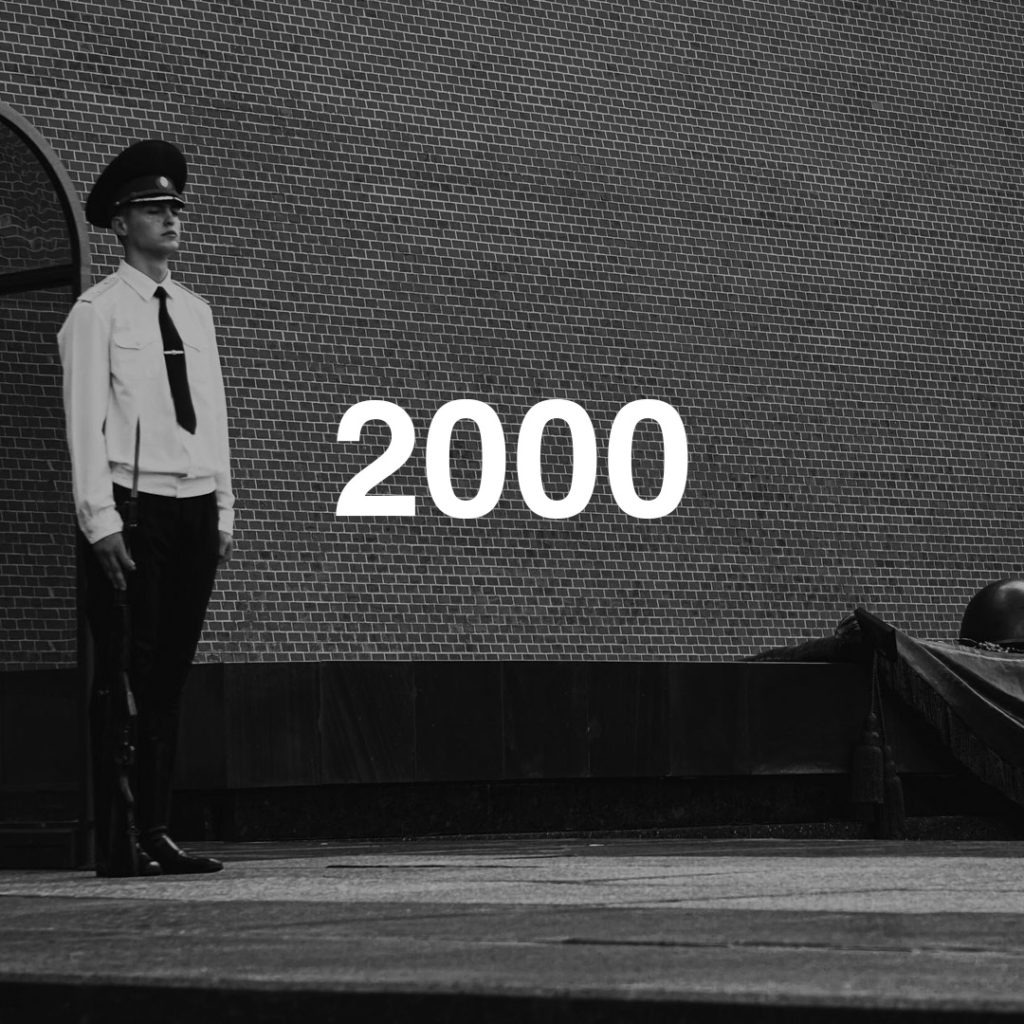
2000, February. After the visit of the NATO Secretary General to Ukraine, the Supreme Commander of the NATO Joint Forces in Europe (SACEUR), spent two days in Kiev. He met with the Minister of Defense of Ukraine and other high-ranking officials in order to further develop relations between NATO countries and Ukraine. He congratulated the Ukrainian soldiers on their contribution to the NATO peacekeeping force in Kosovo (KFOR) and stressed the importance of Ukraine for the Alliance [25].
2000, April 21. The Military Doctrine of Russia has been approved [26]. In the Military Doctrine, the Main provisions of the Military doctrine of the Russian Federation of 1993 are developed and specified in relation to the military sphere of the installation of the Concept of National Security of the Russian Federation. Ensuring the military security of the Russian Federation is the most important activity of the state. The Russian Federation supports the readiness to wage wars and participate in armed conflicts solely for the purpose of preventing and repelling aggression, protecting the integrity and inviolability of its territory, and ensuring the military security of the Russian Federation and its allies in accordance with international treaties. The doctrine is public.
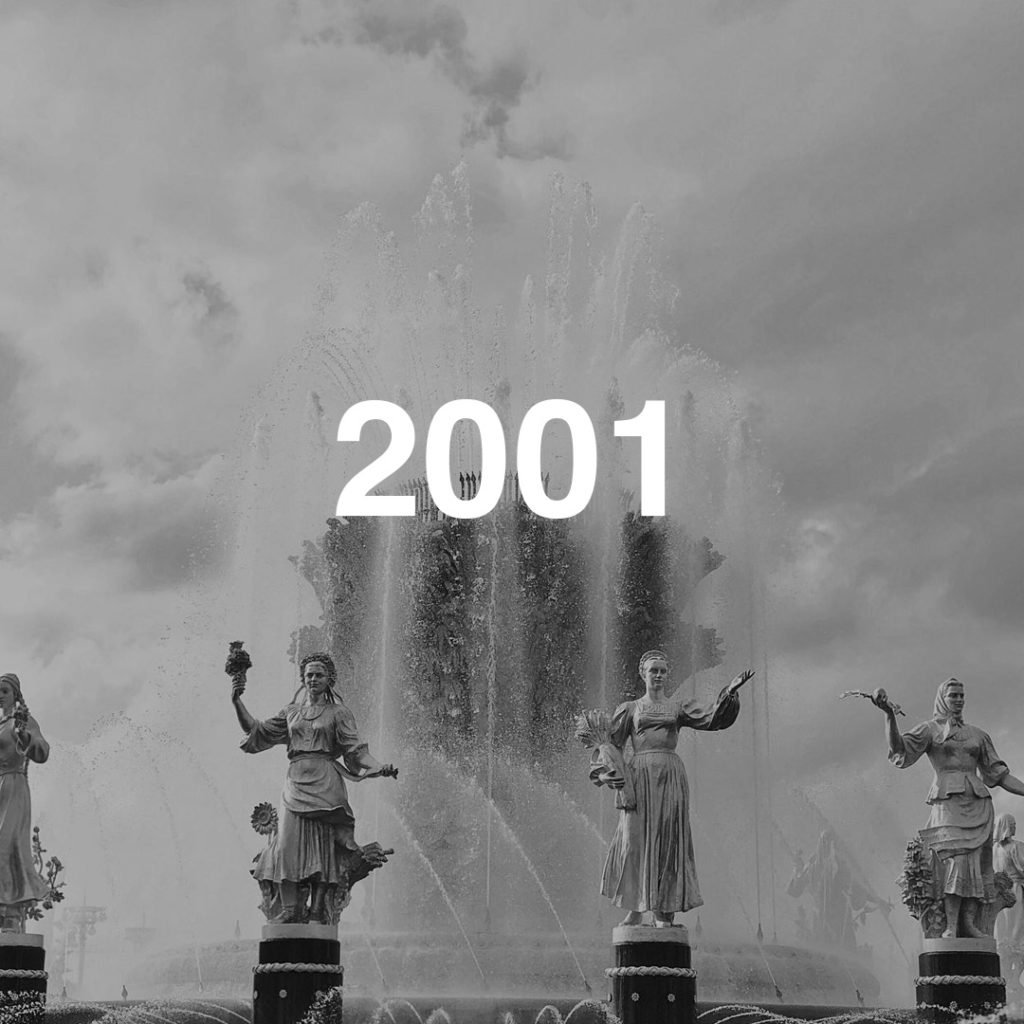
2001. NATO has opened its Information Bureau (IBN) in Moscow as a coordinating center for the dissemination of information about NATO in Russia [27].
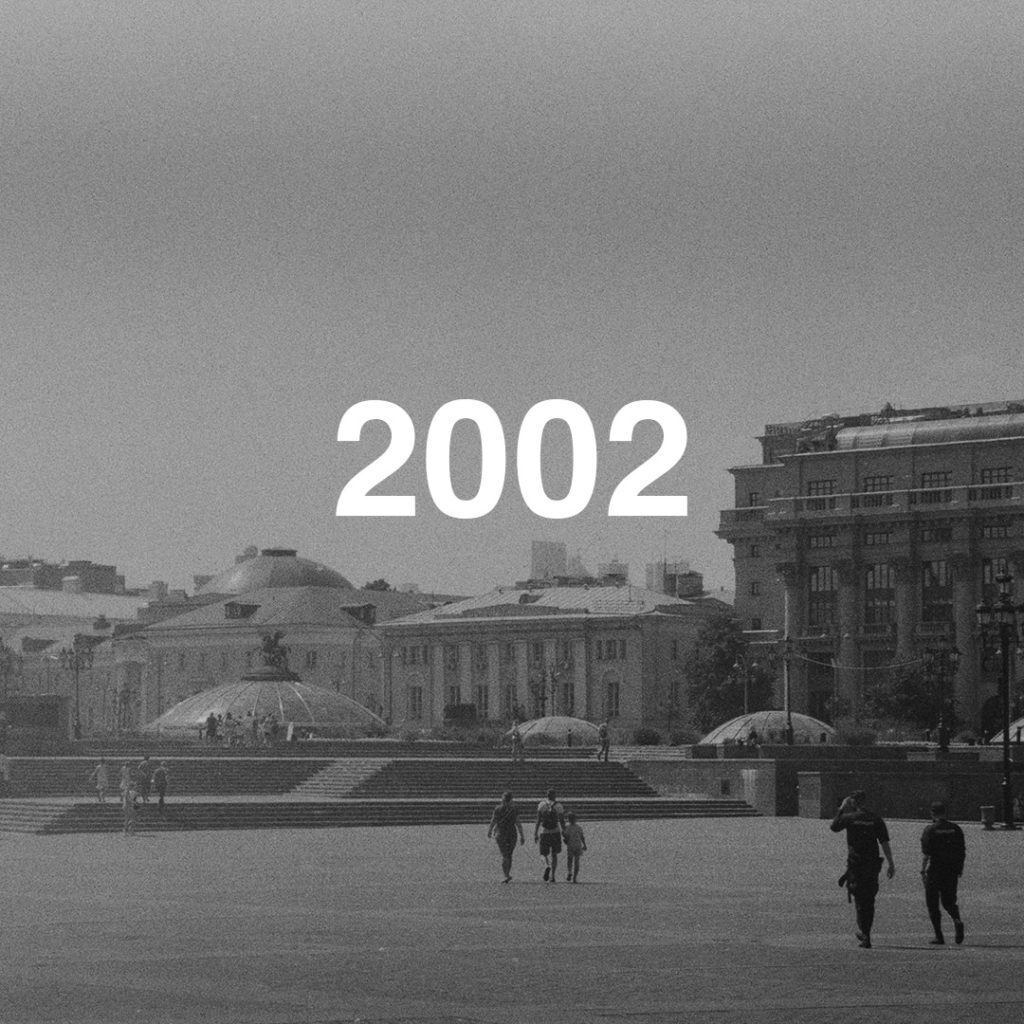
2002, May 15. The NATO-Ukraine Commission, meeting at the level of Foreign Ministers, agrees to take the Special Partnership to a qualitatively new level, including the intensification of consultations and cooperation on political, economic and defense issues [23].
2002, May 23. The Chairman of the National Security and Defense Council of Ukraine made a public statement about Ukraine’s desire to join the NATO military-political wing [23].
2002, the end of May. A NATO Military Liaison Mission was established in Moscow as an independent unit of the NATO International Military Headquarters. The mission operates under the auspices of the Embassy of Belgium and is endowed with appropriate diplomatic privileges [27].
2002, June 7. The Defense Ministers of NATO and Ukraine pay tribute to the strategic importance of the NATO-Ukraine Special Partnership and emphasize their common desire to develop their relations at a qualitatively new level [23].
2002, July 9. NATO and Ukraine sign a Memorandum of Understanding to support the host country regarding the use of Ukrainian military assets and capabilities for NATO exercises and operations [23].
2002, November 22. The action plan “Ukraine-NATO 2003” was signed [28]. In the context of both defense reform and adaptation to new security threats, cooperation between NATO and Ukraine in the field of defense reform, defense-related areas, and military cooperation is of great importance. Cooperation with NATO in the military sphere is seen as an important element of the overall partnership between NATO and Ukraine. Military cooperation translates military aspects of common political goals and planning tasks into military cooperation activities for their implementation.

2003, November 12. Ukraine’s Work Plan for 2004 was approved by the Military Committee (MC), Ukraine, and seven invited countries. The MC’s work plan with Ukraine is a tool that includes all military actions to be carried out either at the national level of Ukraine or between NATO and Ukraine [23].
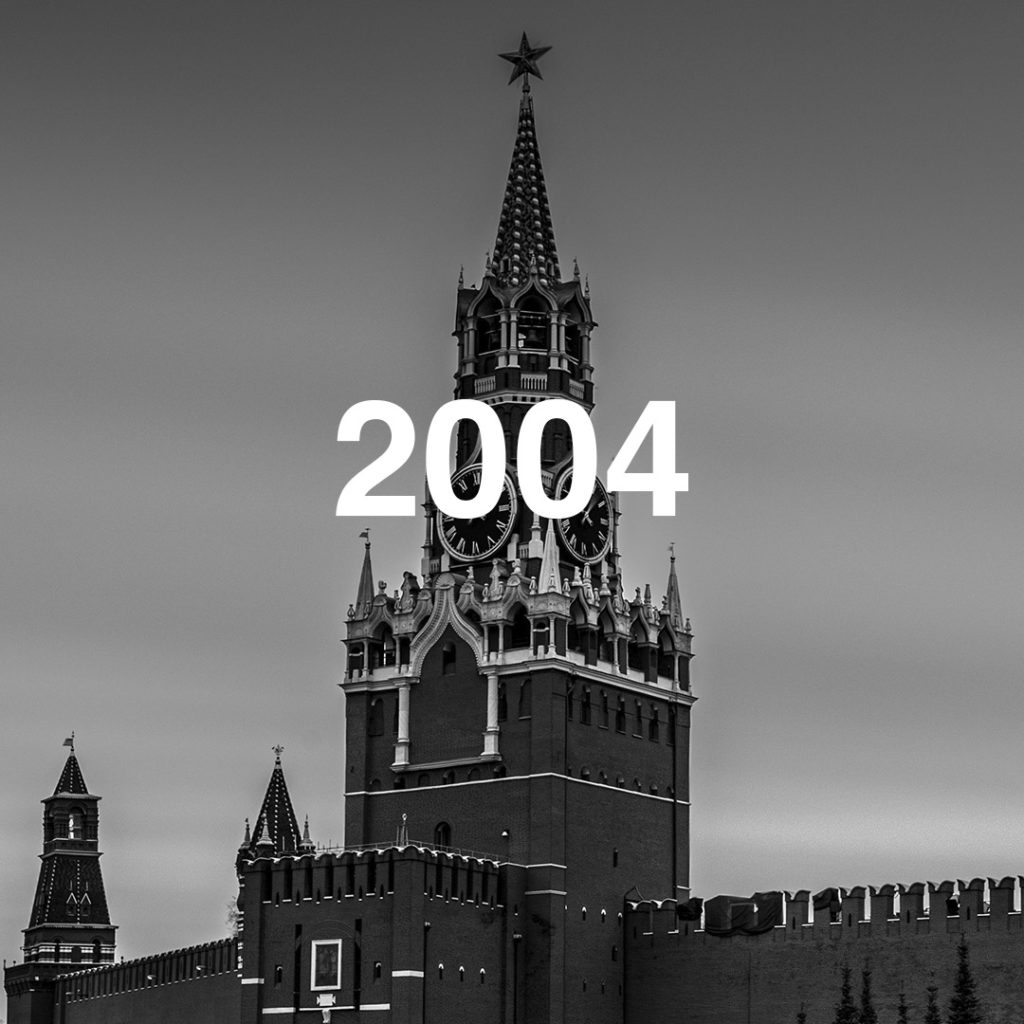
2004, June 7. The Cabinet of Ministers of Ukraine, the NATO Supreme Command for Transformation (SACT) and the NATO Supreme Command in Europe (SACEUR) signed a Memorandum of Understanding on the use of strategic transport aviation of Ukraine in NATO operations and exercises [23].
2004, August 3. The Director of the Partnership Coordination Cell (PCC) opens the NATO-Ukraine Defense Documentation Bureau (NUDDO) in Kiev [23].
2004, October 8. The Sponsorship Agreement between the Ministry of Defense of Ukraine and the Group of National Codification Directors (AC/135) on joining the NATO Codification system comes into force [23].

2005, April 21. During the informal Ukraine-NATO meeting [23] at the level of Foreign Ministers in Vilnius, Republic of Lithuania, approves the Ukraine-NATO target plan for 2005. An active dialogue is also beginning regarding Ukraine’s desire to join NATO and the implementation of appropriate reforms.
2005, October. Visit of the NATO Secretary General and the Committee of NATO Ambassadors to Ukraine [23] (Kiev, Donetsk, Kharkiv and Odessa).

2006, February 15. The opening ceremony with the support of NATO of the Resettlement and Retraining Center in Khmelnytskyi, designed to help Ukraine cope with the consequences of the defense reform [23].
2006, May. Plenary session of the NATO Air Traffic Management Committee (NATMC) in Kiev [23]. Issues discussed: improvement of the airspace structure, harmonization of management systems and procedures, joint use of communication frequencies, exchange of air navigation systems between countries. A meeting in Kiev of the Ukraine-NATO Joint Working Group on the phased implementation of the NATO Documentation Program on the Safety of Ammunition Storage and Area Warning System. The fifth meeting of the Ukraine-NATO Joint Working Group on Defense Industry Reform in Kiev.
2006, June 7. Russia warned Ukraine that relations between the two countries will be seriously damaged if Ukraine joins NATO, protests against planned exercises in Crimea forced hundreds of American servicemen to stay in barracks [30].
The Russian Foreign Minister stated that former Soviet Union countries could decide their own fate but warned of a “colossal geopolitical shift” if Ukraine joins NATO.
These statements came as 200 US servicemen, who were in Crimea to prepare for NATO exercises scheduled to start the following Wednesday, were trapped in their barracks. Last week, protesters greeted their arrival with barricades and slogans “occupiers, go home!” and reportedly harassed them if they left the military base [30].
2006, August 21. Russia fully repaid the debt of the USSR, including Ukraine’s share, to the Paris Club of creditors, amounting to $40.2 billion or 59% of the former USSR’s debt [31].
2006, October. NATO launches the Civilian Personnel Professional Development Program JWGDR, aimed at building the capacity of Ukraine’s security agencies for management and supervision in the country [23]

2007. The first Ukrainian ship is sent to support NATO’s “Active Endeavour” operation [32]. Ukraine sent medical personnel to support American troops in Afghanistan. This marks the 10th anniversary of the NATO-Ukraine special partnership. NATO announced its decision to accept Ukraine and Georgia as its members.
2007, February 10. The President of Russia speaks at the Munich Security Conference [33]. A few theses: “NATO has put its frontline forces on our borders, and we continue to strictly fulfill the treaty obligations and do not react to these actions at all”, – non-compliance with the Treaty on Conventional Armed Forces in Europe (CFE). “What happened to the assurances our western partners made after the dissolution of the Warsaw Pact?” – about guarantees of non-expansion of NATO to the East. “Economic security is the sector in which all must adhere to uniform principles. We are ready to compete fairly. … We are not against agreeing on the principles underlying our energy relations with the EU. Moreover, the principles contained in the Charter are generally comprehensible. But the Charter itself is not so acceptable to us”.

2008, April. At the NATO summit in Bucharest, the US President tried to obtain a Membership Action Plan (MAP) for Ukraine and Georgia. At a closed meeting of the Russia-NATO Council, the President of Russia informed his colleagues that Moscow perceives NATO’s approach to the Russian borders as a real threat to the country’s interests and promised adequate measures. Thus, the President of Russia hinted that if NATO provides a Membership Action Plan (MAP) to Georgia, Russia will recognize Abkhazia and South Ossetia, based on the Kosovo precedent, and thereby create a buffer zone between NATO forces and its borders [29].

2009, July 30. Russia definitively refused to ratify the Energy Charter Treaty [34].

2010. The Presidents of Russia and Ukraine signed the Kharkiv agreements [35], which confirmed the status of the 1997 fleet agreements and extended them for 25 years until 2042. The Federation Council of Russia ratified them on April 28. The day before, on April 27, the Kharkiv agreements were ratified by the Verkhovna Rada of Ukraine. Supporters of the lease extension argue that the deal was an economic necessity. In exchange for maintaining its base in Crimea, Moscow agreed to provide Ukraine with a 30% discount on Russian natural gas, valued at $40 billion over the next 10 years.
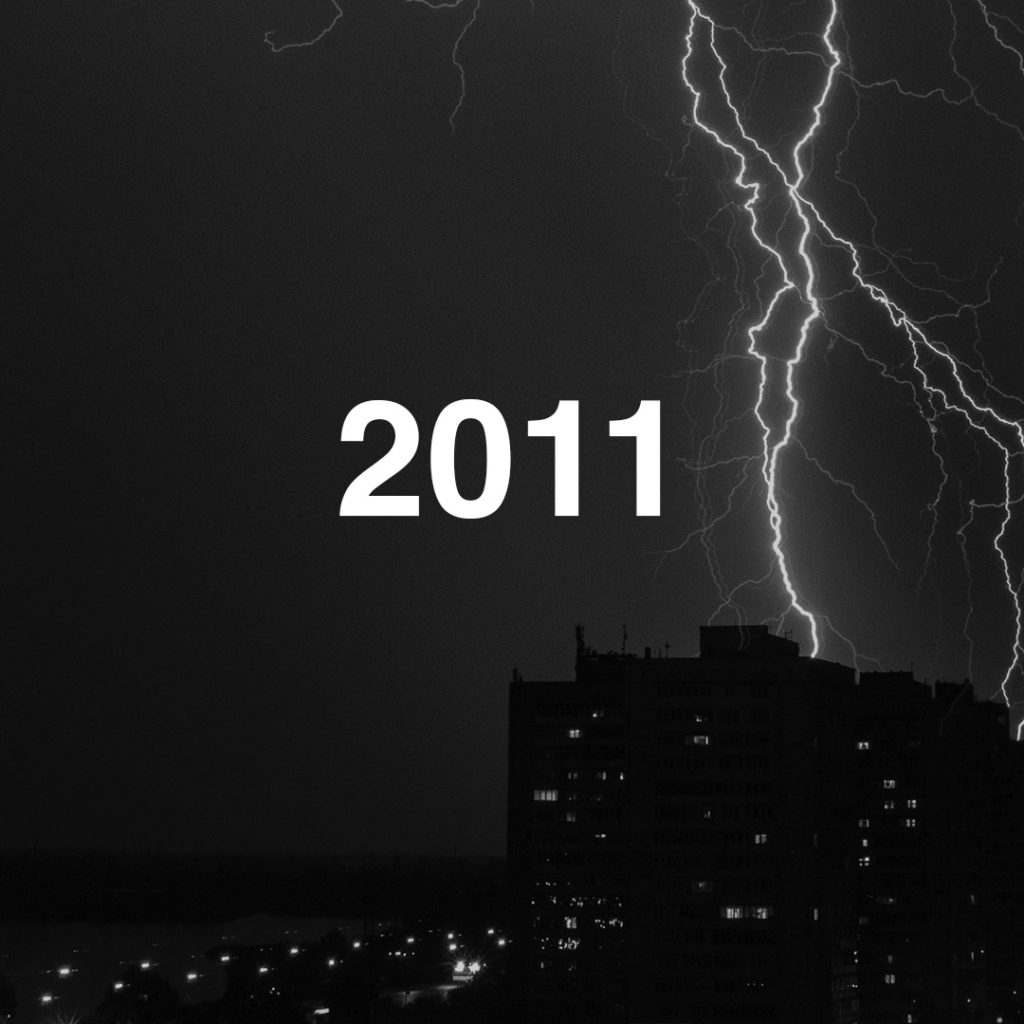
2011. The President of Ukraine has set a course for rapprochement with NATO — despite the non-aligned status of the country announced by him. This is evidenced by the document with the schedule of Ukrainian-NATO events for 2011 [36]. It follows from it that Kiev and NATO are discussing the future of the Russian Black Sea Fleet, missile defense, reform of Ukrainian intelligence and the concept of foreign policy.
The Russian Ministry of Foreign Affairs issued an extremely harsh statement to Ukraine and the United States regarding the entry of the US Navy missile cruiser Monterey equipped with the Aegis multi-purpose anti-aircraft missile system into the Black Sea. The Russian Foreign Ministry referred to the “appearance in close proximity to Russian borders of strategic infrastructure elements of the US” and the “reconnaissance” of the Black Sea waters by American anti-missiles as a “threat to Russia’s security” [36].
2011, August. Joint exercises called Rapid Trident-2011 were conducted by the 8th Army Corps of Ukraine and NATO in Lviv Oblast [37].
2011, September 21. A ceremony dedicated to the beginning of the second stage of Ukraine’s demilitarization project was held at the NATO headquarters [38]. Ukraine has excessive stocks of Soviet-style small arms and light weapons (SALW). With the help of NATO, Ukraine is destroying its surplus stocks launching the world’s largest demilitarization project with international assistance.
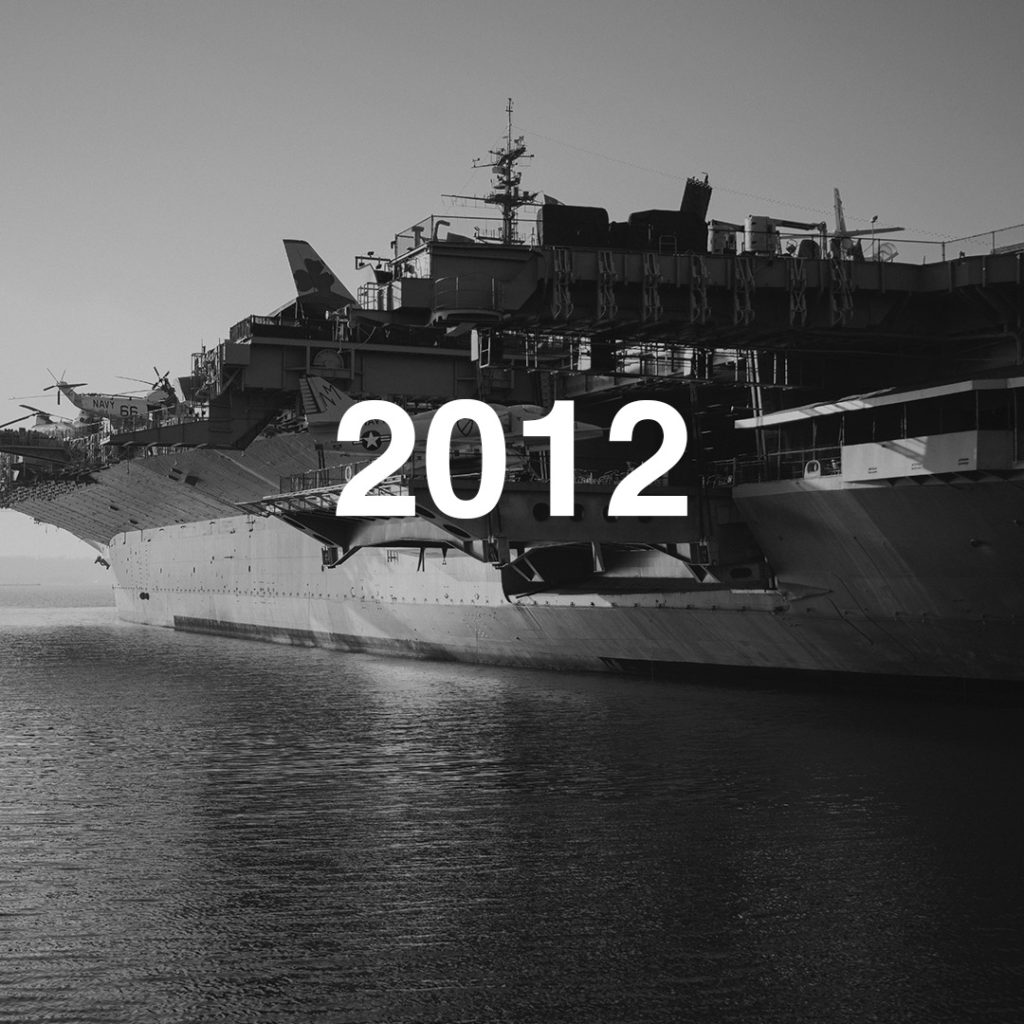
2012, September. Servicemen of the 80th separate airmobile regiment of the Ukrainian Airborne troops and cadets of the Academy of Land Forces together with servicemen of Canada, Lithuania and Poland participated in the ten-day tactical exercises “Maple Arch-2012” at the Pabrade training ground in Lithuania [39]. They were trained in the use of AK-4 rifles, FN MAG machine guns, radio sets, the management of M113 armored personnel carriers and the conducting combat operations in urban conditions.
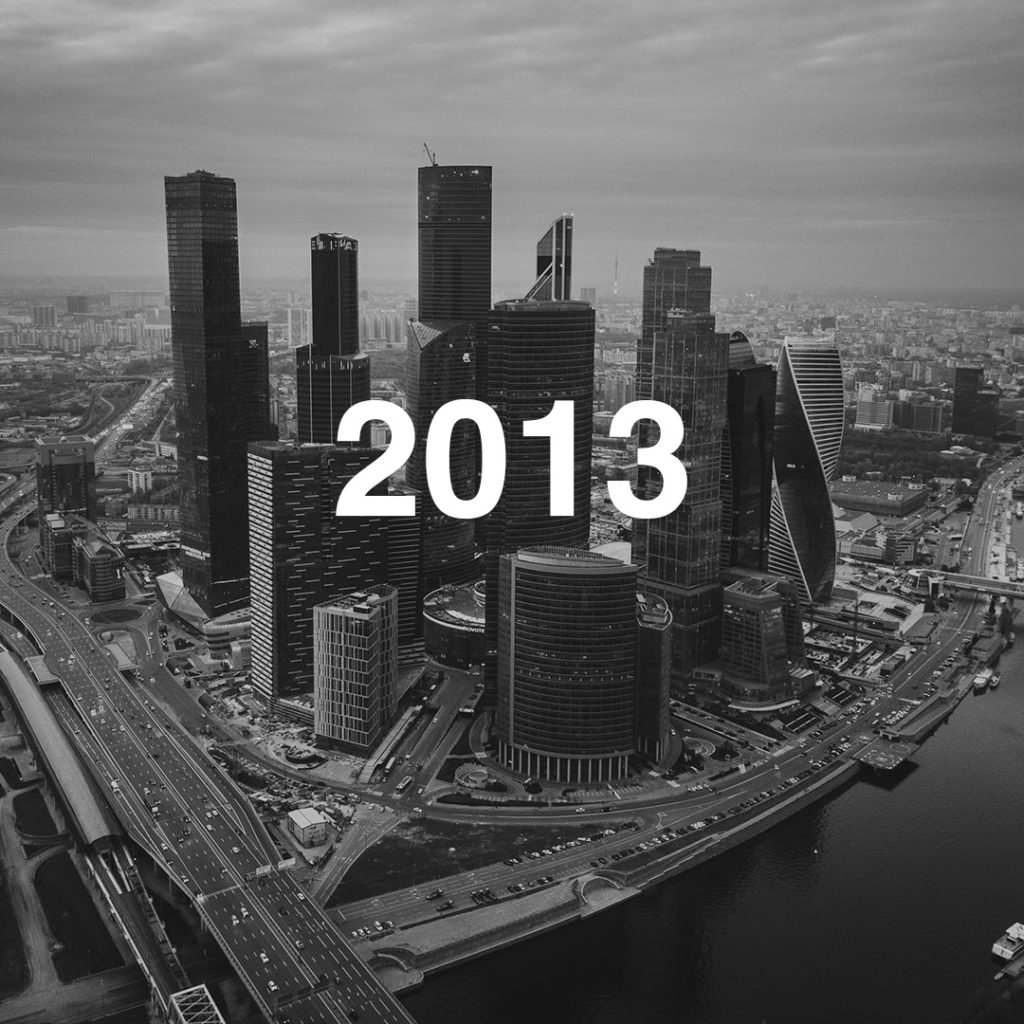
2013, November. Russia offered Ukraine a total of $15 billion in direct aid, loans, and various preferences [40]. In addition, Ukraine was promised a reduction in gas prices, which was supposed to bring several billion dollars to its budget. Compared to the 600 million euros promised to Ukraine in case of signing the Association Agreement with the EU, the Russian conditions looked incomparably more attractive.
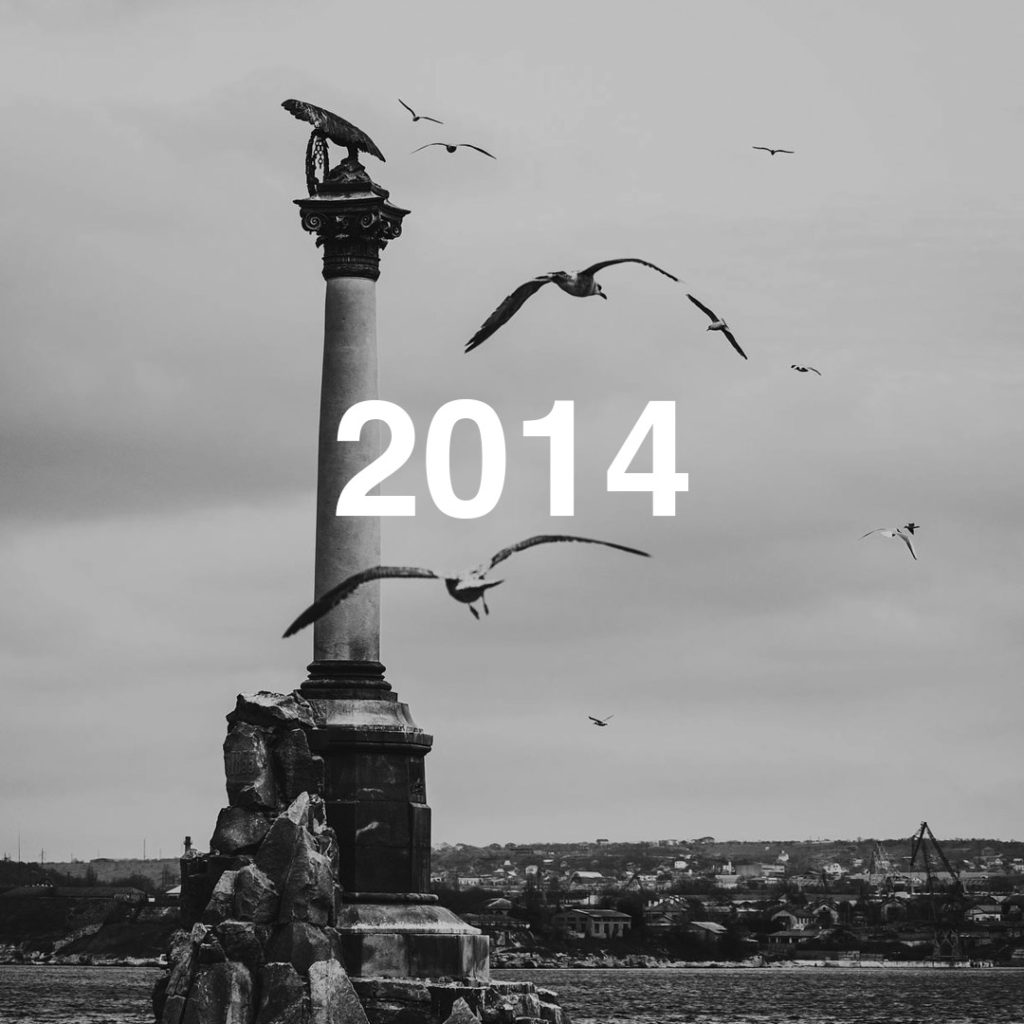
2014, February. The change of power in Ukraine. According to its publicly available Military Doctrine, Russia considers the destabilization of the political situation in a neighboring state as one of the main military threats. In addition, the state coup in Ukraine falls under point 12 (N): the establishment of regimes whose policies threaten the interests of the Russian Federation in states bordering the Russian Federation, including as a result of overthrowing legitimate state authorities.
2014, March 1. The Federation Council of Russia has granted the official request of the President of Russia to allow the use of Russian troops on the territory of Ukraine. Russia conducted a special military operation in Crimea, gaining control over the peninsula. A referendum was held in Crimea. The majority of citizens supported Crimea’s separation from Ukraine.
Why is Crimea so important?
The Crimean Peninsula holds special importance and strategic value in the Southwest strategic direction, the control of which, without any exaggeration, will determine the course and outcome of hypothetical hostilities both in the Black Sea and in the surrounding countries.
The peninsula juts deeply into the Azov-Black Sea basin from the north. Its southwestern tip is located at a very short distance from the straits through which the Black Sea is connected to the Mediterranean.
In this regard, Crimea is a natural and unsinkable aircraft carrier in the Southwestern strategic direction – an exceptionally convenient place for the basing of all branches of Russia’s Aerospace Forces.
But the most important infrastructural advantage of the peninsula is the bays of Crimea. They provide convenient places for basing ships of almost all classes. It is quite rightly believed that, for example, Sevastopol Bay is one of the three best anchorages in the world (experts also mention Sydney and Singapore as the other two). There is nothing similar on the Caucasian coast of the Black Sea, and the construction of naval bases in this area requires exceptionally large capital investments. After the referendum in Crimea, Western countries excluded Russia from the G8 and began imposing sanctions on it.
2014, May 11. Referendums on self-determination were held in Donetsk and Luhansk regions of Ukraine, resulting in the declaration of “state independence” of the Donetsk People’s Republic (DPR) and Luhansk People’s Republic (LPR).
2014, September 5. The Minsk Protocol was signed. Its full title is “Protocol on the results of consultations of the Trilateral Contact Group on joint steps aimed at implementing the Peace Plan of the President of Ukraine Petro Poroshenko and the initiatives of the President of Russia Vladimir Putin.”
Contents of the Minsk Protocol:
- To ensure an immediate bilateral ceasefire.
- To ensure the monitoring and verification of the ceasefire by the OSCE.
- Decentralization of power, including through the adoption of the Ukrainian Law “On Temporary Order of Local Self-Governance in Particular Districts of Donetsk and Luhansk Regions” (The Law on Special Status).
- To ensure the permanent monitoring of the Ukrainian-Russian state border and verification by the OSCE, with the creation of a security zone in border areas of Ukraine and Russia.
- Immediately release all hostages and illegally detained persons.
- Adopt a law on non-prosecution and non-punishment of individuals in connection with events that took place in some areas of Donetsk and Luhansk regions of Ukraine.
- To continue an inclusive nationwide dialogue.
- To take measures to improve the humanitarian situation in Donbass.
- To ensure the conduct of early local elections in accordance with the Ukrainian Law “On the Temporary Order of Local Self-Government in Certain Districts of Donetsk and Luhansk Regions” (Law on Special Status).
- To withdraw illegal armed formations, military equipment, as well as militants and mercenaries from the territory of Ukraine.
- To adopt a program for the economic revival and restoration of the livelihoods of the Donbass region.
- To provide guarantees of personal security for participants in the consultations.
2014, December. In December 2014, the Verkhovna Rada repealed the law that fixed the non-aligned status of the country. Thus, Kiev obtained the legal possibility to join any military-political alliance. With the repeal of this law, Ukraine legalized all its relations with the NATO military-political bloc.
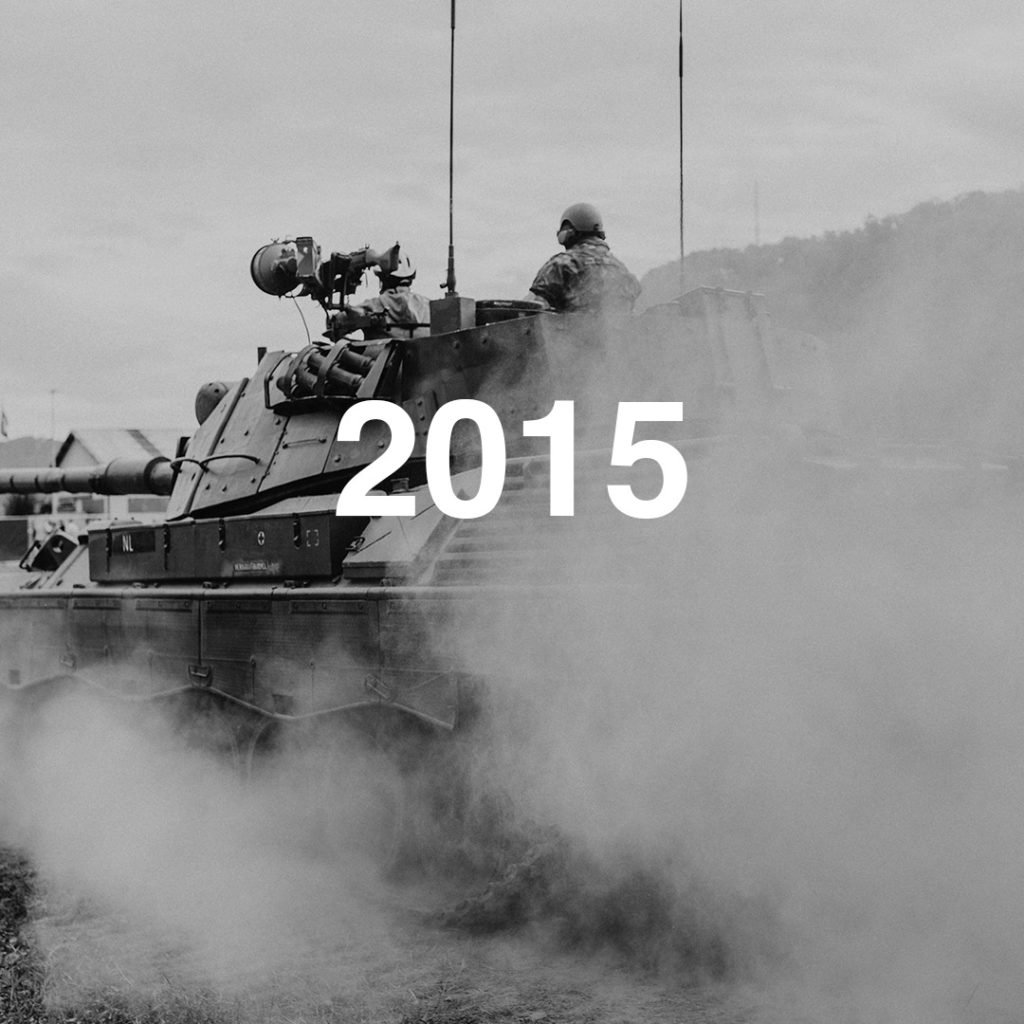
2015, February. Minsk-2, a set of measures to implement the Minsk agreements, the Second Minsk agreement; Minsk-2 – a document aimed at resolving the armed conflict in eastern Ukraine. It was agreed on February 11-12, 2015 at the summit in Minsk by the leaders of Germany, France, Ukraine and Russia in the “normandy format” and was signed by the Trilateral Contact Group on the peaceful settlement of the situation in eastern Ukraine, consisting of representatives of Ukraine, Russia, and the OSCE. The leaders of the self-proclaimed Donetsk and Luhansk People’s Republics also signed (without specifying their positions). Later, the Minsk agreements were approved by a special resolution of the UN Security Council.
2015, December. Ukraine refused to return to Russia $3.075 billion in eurobonds issued at the end of 2013 in favor of the National Wealth Fund of Russia.
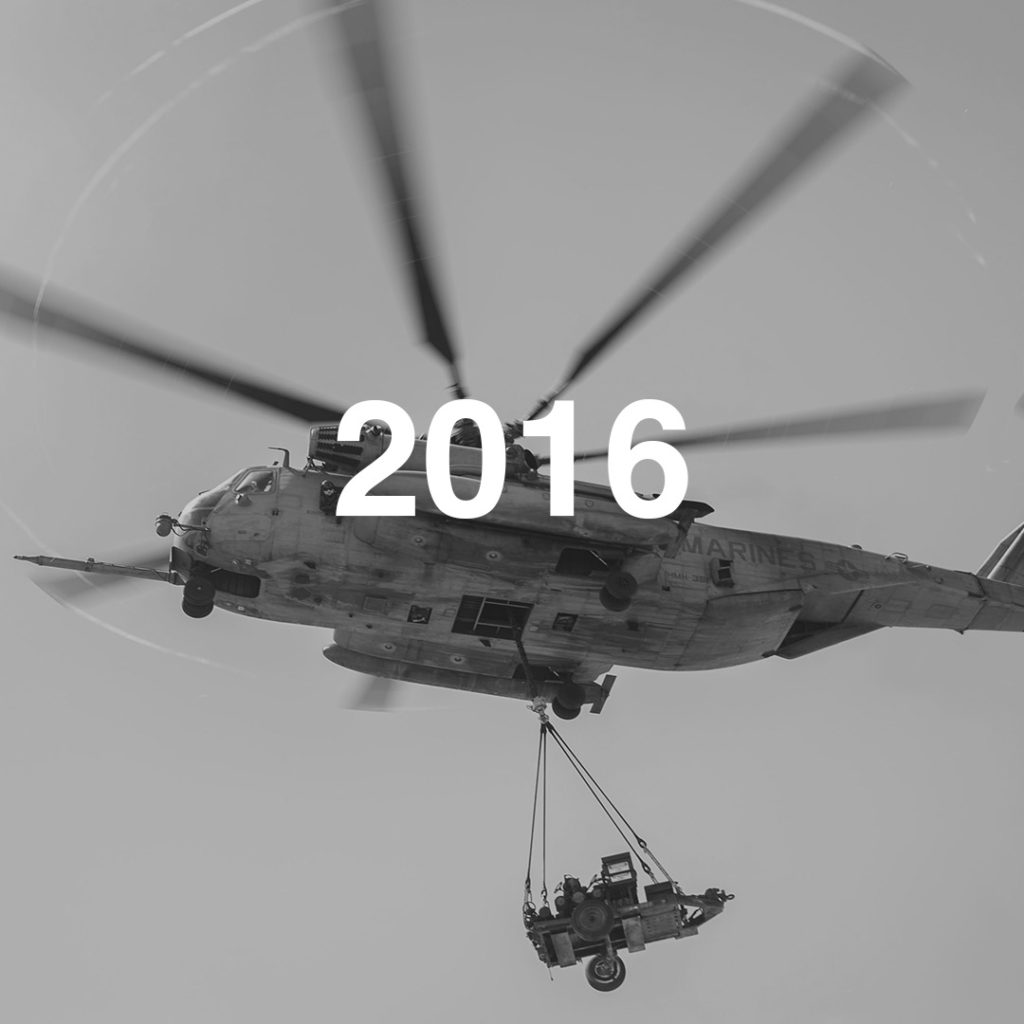
2016, February. Russia, through the company Law Debenture (a trustee for bond issuance), filed a lawsuit against Ukraine in the High Court of England.
2016, July. NATO’s practical support for Ukraine is outlined in the Comprehensive Assistance Package (CAP) for Ukraine after the NATO Summit in Warsaw.

2017, March. The High Court of England issued an expedited summary judgment requiring Ukraine to repay the debt, but Ukraine filed an appeal.
2017, June. The Ukrainian parliament passed a law on striving for NATO membership as a strategic goal of foreign policy and security policy.
2017, August 21. The debts of the USSR were fully repaid by Russia.
2017, September. The Parliament of Ukraine adopted a new version of the law “On Education.” The document provides for a phased ban on the use of the Russian language and languages of other national groups in Ukraine’s educational system. Education in secondary school and higher education institutions should be conducted exclusively in Ukrainian. In the 2018/2019 and 2019/2020 academic years, classes with subjects taught in Russian and other languages will only be preserved in primary school. Starting from September 2020, schools where teaching is not conducted in Ukrainian will cease to exist entirely.
The State Duma of the Russian Federation adopted a statement “On the inadmissibility of violating the fundamental right of indigenous peoples and national minorities of Ukraine to study in their native languages.”

2018, March. Canadian NATO Parliamentary Association presented a report on the mission in Ukraine. The report mentions Russia’s position on the conflict. Russia insists that it has the sovereign right to exercise certain control over its neighbor. Ukraine rejects this logic and intends to defend itself against it. In other words, they continue to reject the logic that led to the signing of the Declaration of Sovereignty of Ukraine in 1990.
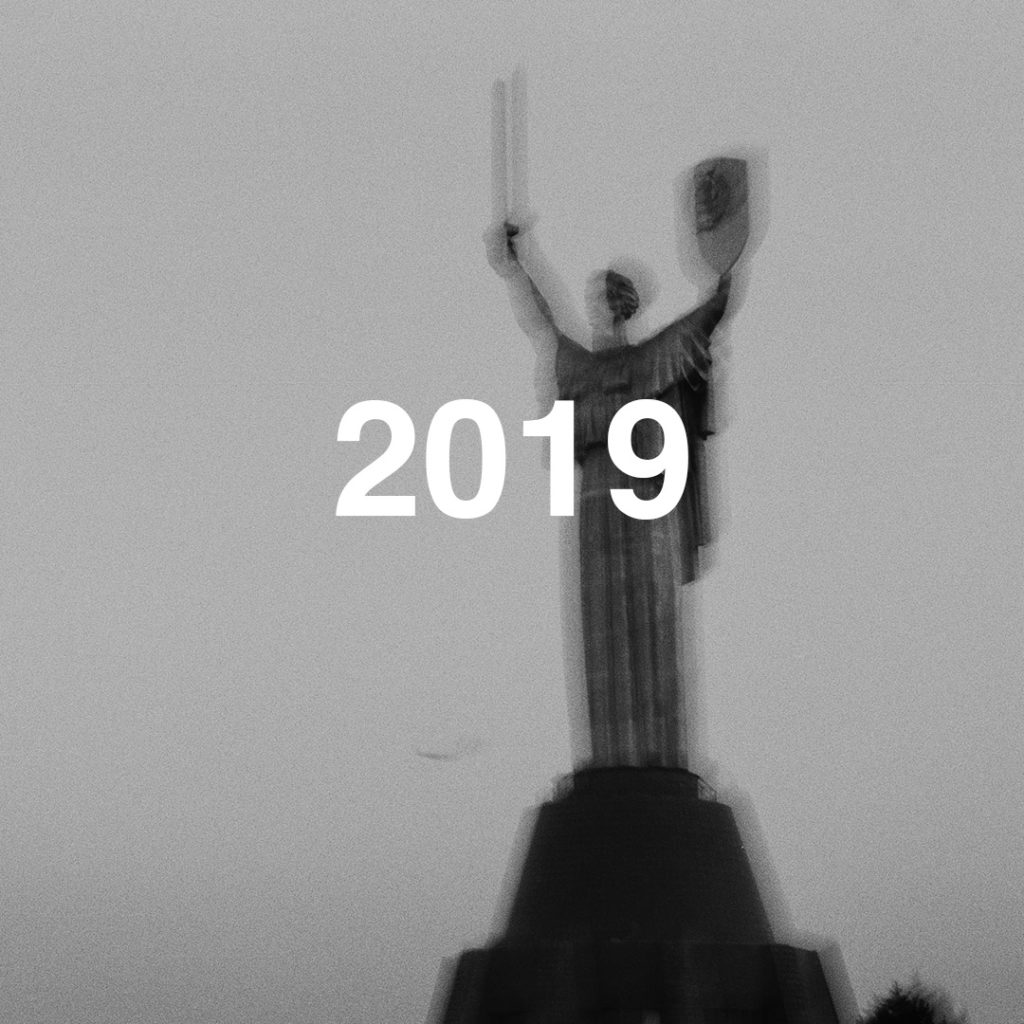
2019, February 19. The President of Ukraine signed a law amending the Constitution of Ukraine and enshrining in it the course towards joining the EU and NATO.
2019, April 1. Ukraine unilaterally terminates the Treaty on Friendship, Cooperation, and Partnership between the Russian Federation and Ukraine.
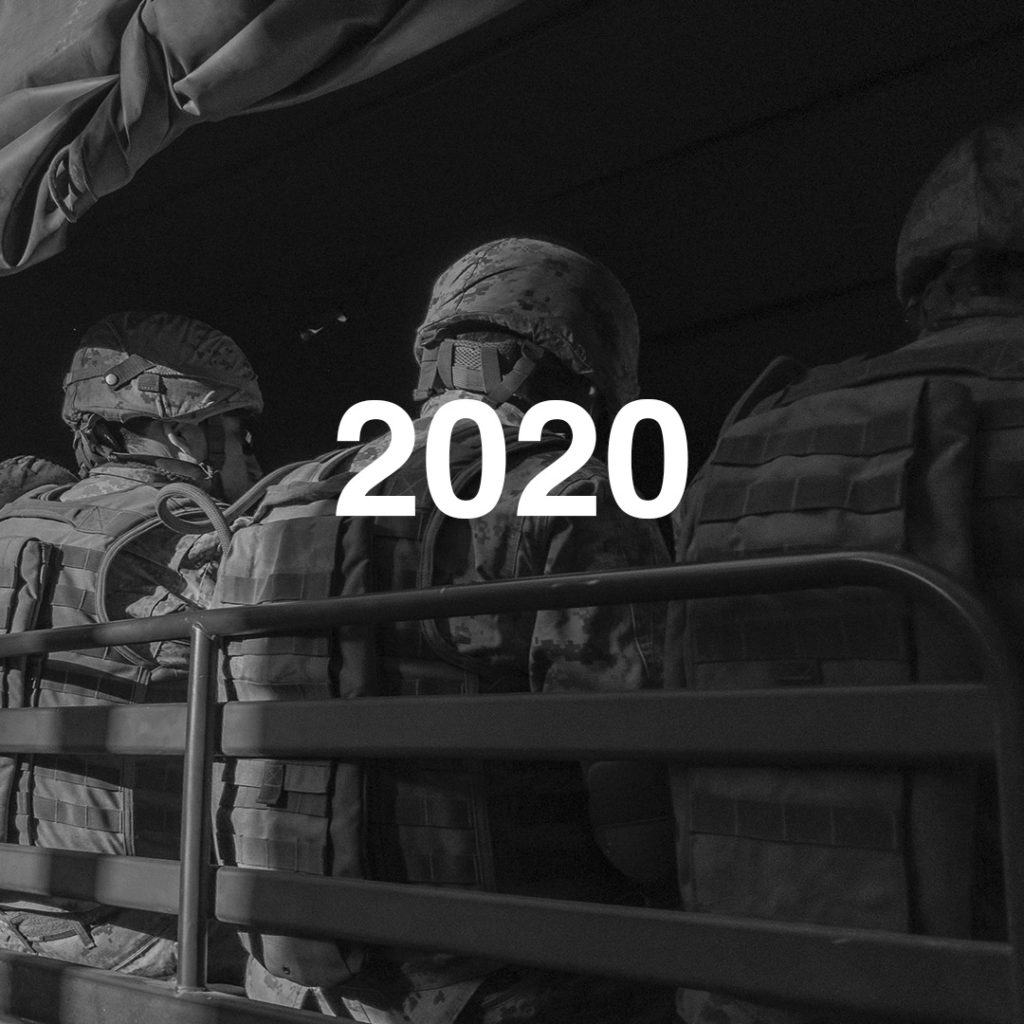
2020, September. The President of Ukraine approved a new National Security Strategy of Ukraine, which provides for the development of a special partnership with NATO with the goal of NATO membership.
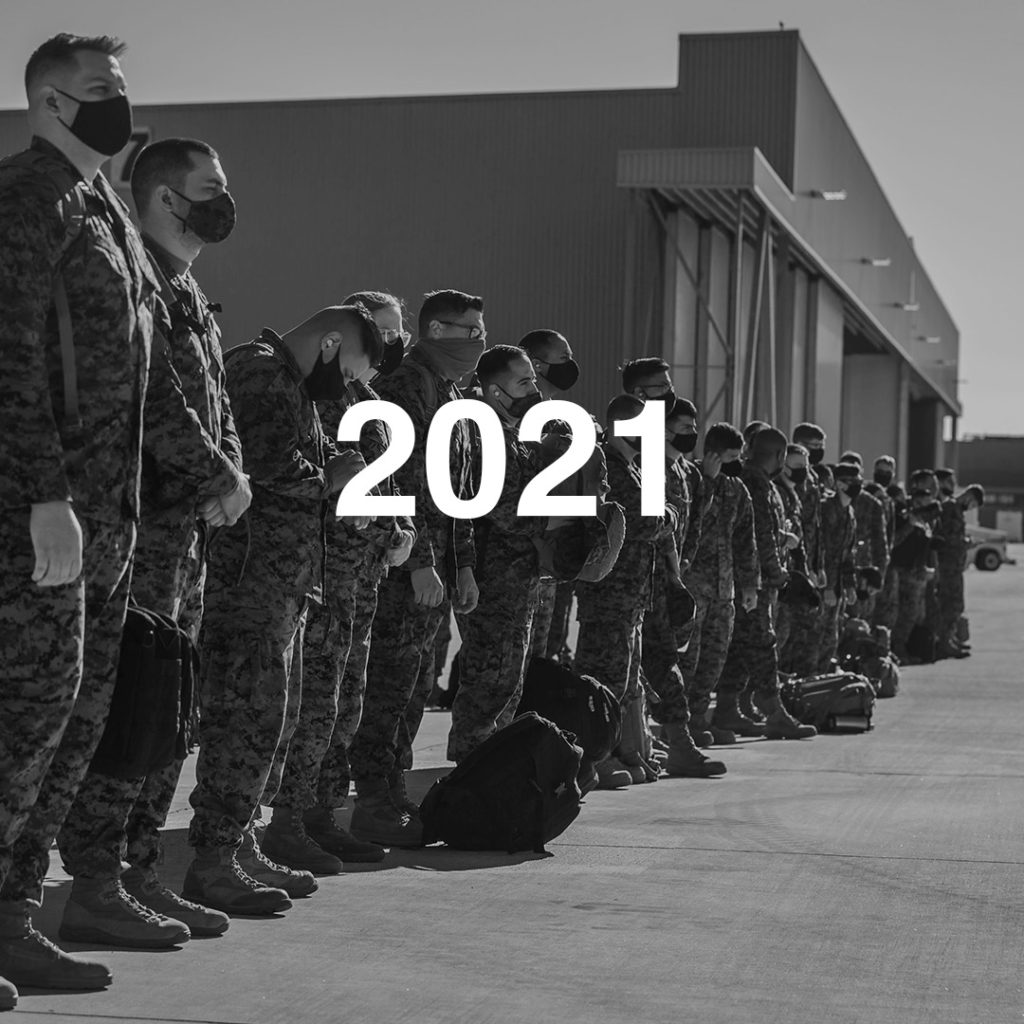
2021, November 13. The NATO military-political bloc commits to supporting Ukraine by helping to strengthen its armed forces’ potential and implementing broader reforms that help Ukraine move forward in realizing its Euro-Atlantic aspirations.
2021, December 15. The Russian Ministry of Foreign Affairs published draft agreements with the United States and NATO on security guarantees for Russia. The documents contain provisions on non-expansion of the alliance to the East, refusal to accept former Soviet states into it, and a ban on further deployment of military forces and armaments to European countries and other territories.
The draft agreement between Russia and NATO sets out the following theses:
– to exclude further expansion of NATO, “including the accession of Ukraine, as well as other states”;
– to abandon any NATO military activity in Ukraine, Eastern Europe, Transcaucasia and Central Asia;
– not to deploy NATO military and weapons outside the countries where they were in May 1997 (before the Eastern European countries joined the alliance), except in “exceptional cases related to the need to neutralize the security threat” of the alliance members;
– to confirm that the sides “do not consider each other as adversaries”, are ready to “peacefully resolve all international disputes, as well as refrain from any use of force”;
– not to create conditions that can be regarded as a threat to national security by the other side;
– not to deploy medium-range and shorter-range missiles where they can hit the territory of the other side;
– not to conduct military exercises and other actions “above the brigade level” in the agreed border zone, regularly inform each other about the exercises;
– to create hotlines for emergency contacts.
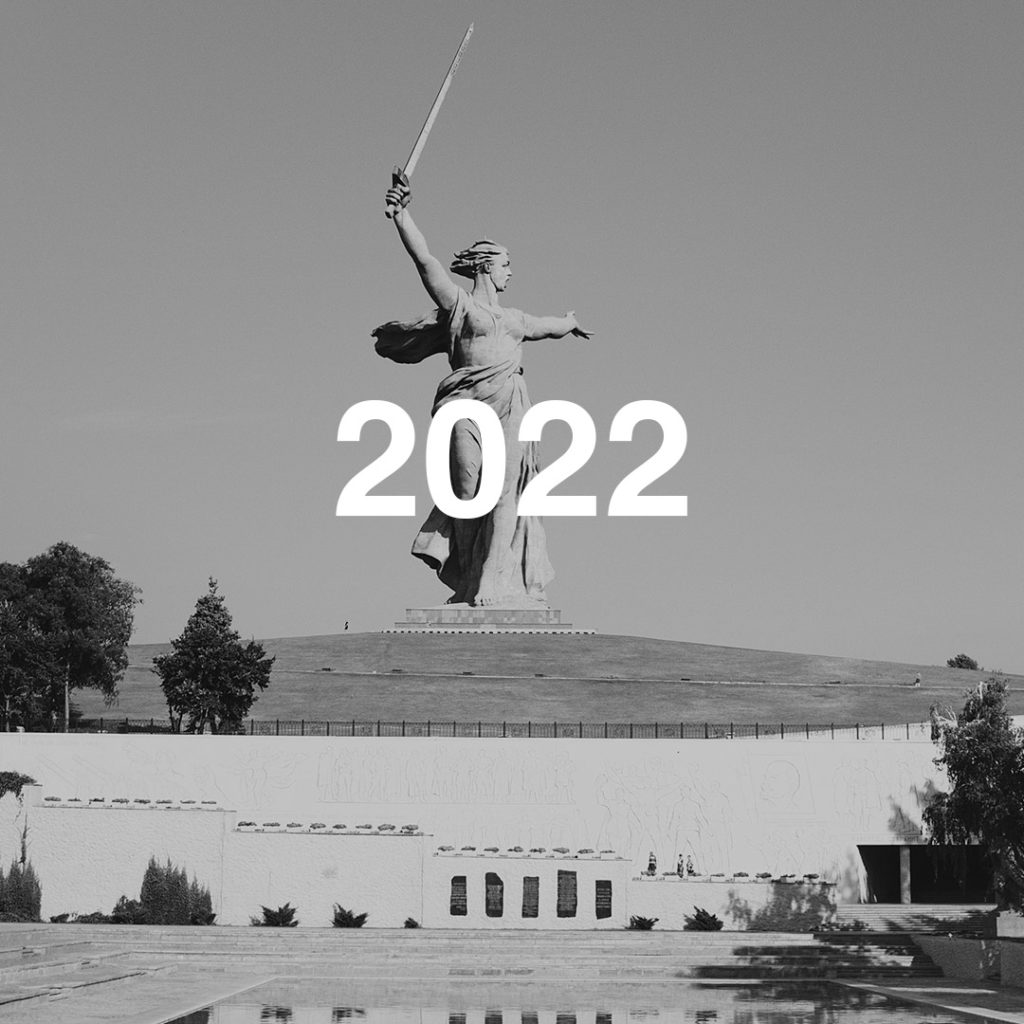
2022, January 27. In their response regarding security guarantees, the United States did not declare a refusal to expand NATO to the East, said the Russian Foreign Minister. The United States deliberately ignores the principle of indivisibility of security, when the peaceful existence of one state cannot be achieved by creating a threat to another.
2022, February 19. The President of Ukraine, speaking at the Munich Security Conference, threatened to invalidate the Budapest Memorandum [41], and therefore, the agreement on nuclear disarmament. As a condition for abandoning such a step, he demanded the holding of a summit for consultations among the countries participating in the memorandum: “If they do not take place again or if concrete decisions on security guarantees for our state are not made as a result, Ukraine will have every right to consider that the Budapest Memorandum does not work, and all package decisions of 1994 are put into doubt.”
2022, February 21. Russia recognizes the Donetsk People’s Republic (DPR) and the Luhansk People’s Republic (LPR) as independent states.
List of sources:
All links are here in original article https://cleverrussia.ru/pochemu-rossija-nachala-svo/
[1] Declaration of July 16, 1990, No. 55-XII “On the State Sovereignty of Ukraine”;
[2] Agreement on Succession in respect to the External Debt and Assets of the USSR;
[3] Agreement on Succession in respect to the External State Debt and Assets of the Soviet Union;
[4] Belavezha Accords;
[5] Almaty Agreement;
[6] The President of Russia informed the UN Secretary General about the continuation of membership in the organization;
[7] Article mentioning accession to the North Atlantic Cooperation Council;
[8] Decree of the President of the Russian Federation of May 7, 1992, No. 466 “On the Creation of the Armed Forces of the Russian Federation”;
[9] Agreement between the Russian Federation and Ukraine on the Principles of Formation of the Russian Navy and the Ukrainian Navy based on the Black Sea Fleet of the former USSR;
[10] TASS: Why Russia repaid the debts of the USSR;
[11] Act of Declaration of Independence of Ukraine;
[12] Decree on the Basic Provisions of the Military Doctrine of the Russian Federation;
[13] Partnership for Peace Program;
[14] No. 52241 Ukraine, Russian Federation, United Kingdom of Great Britain and Northern Ireland and United States of America Memorandum on security assurances in connection with Ukraine’s accession to the Treaty on the Non-Proliferation of Nuclear Weapons. Budapest, 5 December 1994;
[15] Energy Charter Treaty;
[16] Agreement between the Russian Federation and Ukraine on the Black Sea Fleet;
[17] Monetary reform in Ukraine: three pennies from dobu, wherever you go, there and straight (three money a day, wherever you want, there and day);
[18] Agreement between the Russian Federation and Ukraine on the Parameters of the Division of the Black Sea Fleet;
[19] Treaty of Friendship, Cooperation and Partnership between the Russian Federation and Ukraine;
[20] Charter on a Distinctive Partnership between the North Atlantic Treaty Organization and Ukraine;
[21] Statement of the NATO-Ukraine Commission in Ambassadorial Session;
[22] NATO-Ukraine: A Distinctive Partnership;
[23] NATO Military Liaison Officer in Kiev;
[24] Secret Russian Troop Deployment Thwarted;
[25] Developing relations with Ukraine;
[26] Decree on the Approval of the Military Doctrine of the Russian Federation;
[27] Relations between NATO and Russia;
[28] NATO-Ukraine Action Plan;
[29] The NATO bloc has dispersed into block packages;
[30] Russia tells Ukraine to stay out of NATO;
[31] Russia returned the debts of the USSR to the Paris Club;
[32] Ukrainian support for Operation Active Endeavour;
[33] Speech and discussion at the Munich Security Conference;
[34] Russia refused to participate in the Energy Charter;
[35] Agreement between the Russian Federation and Ukraine on the stay of the Black Sea Fleet of the Russian Federation on the territory of Ukraine;
[36] Ukraine does not intend to terminate cooperation with the alliance in favor of Russia;
[37] In Lviv region, as part of the tactical phase of the “Rapid Trident – 2011” exercise, NATO experts will evaluate Ukrainian units;
[38] Avoiding tragedy: NATO and Ukraine destroy aging weapons and ammunition;
[39] Ukrainian servicemen arrived to the Republic of Lithuania to participate in the multinational tactical exercise “Maple Arch-2012”;
[40] BBC: Putin promises Ukraine gas discount and $15 billion;
[41] Quote from “Interfax-Ukraine”.
Author: VYACHESLAV SUKHANOV
Translator: YANA SUCHKOVA
Original article: https://cleverrussia.ru/pochemu-rossija-nachala-svo/
* — некоторые сайты могут принадлежать иностранным агентам
